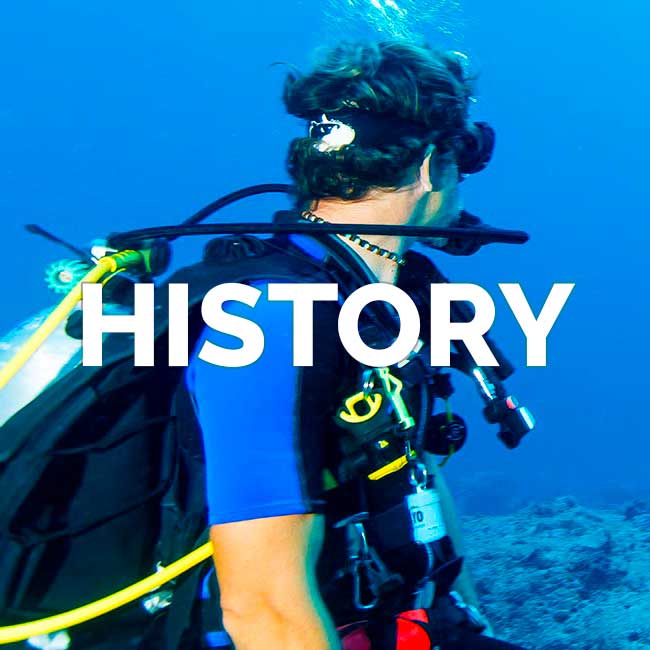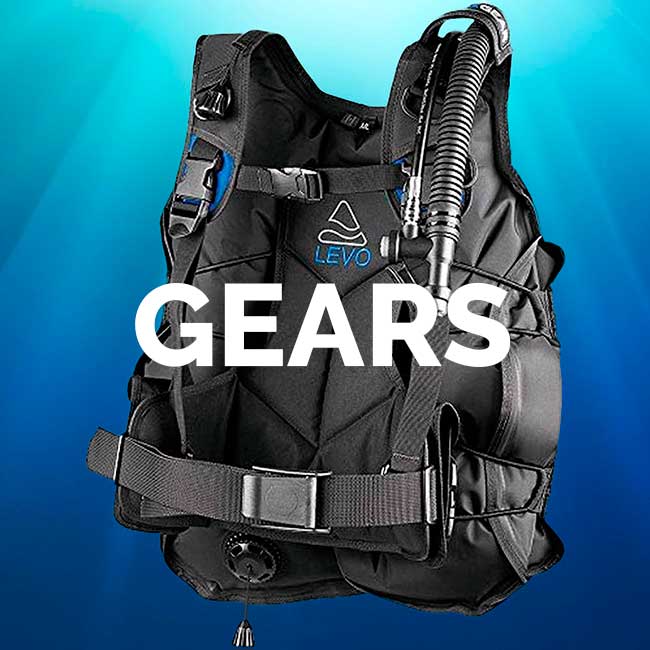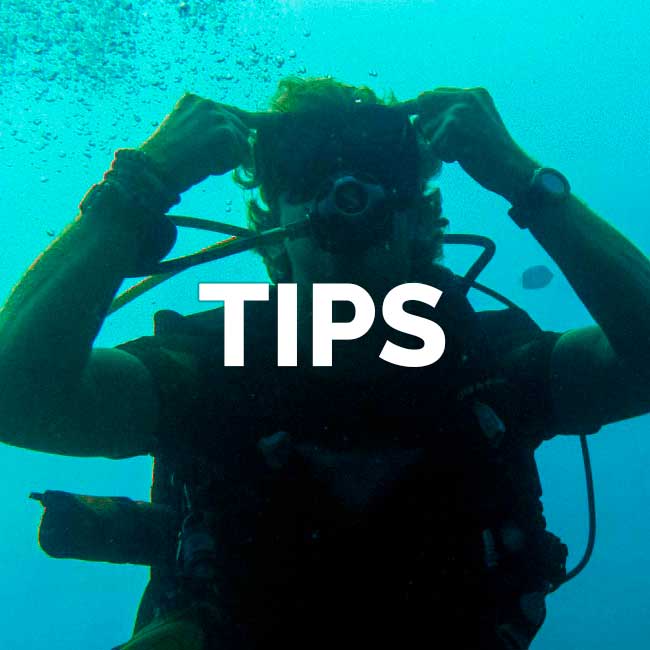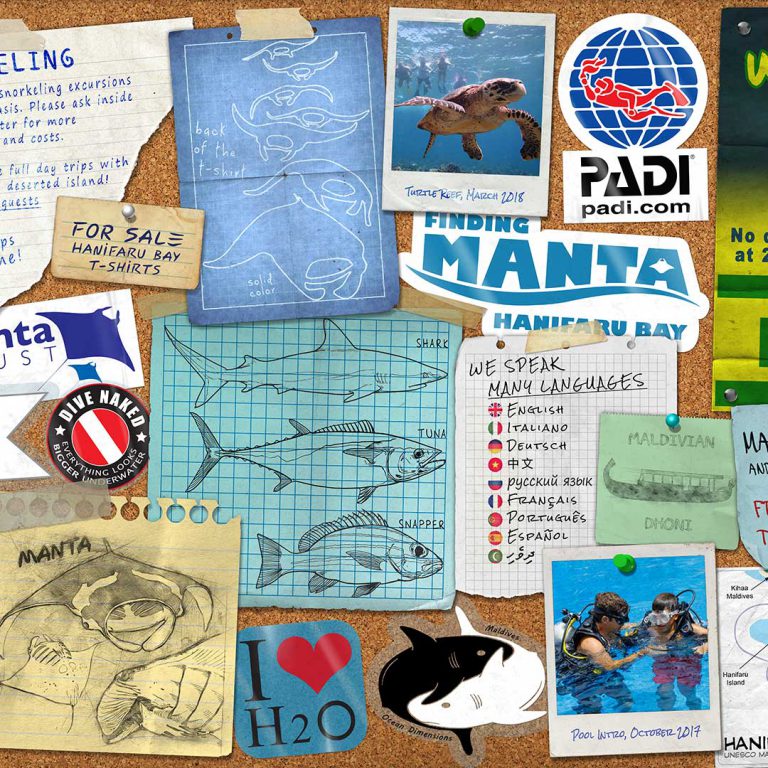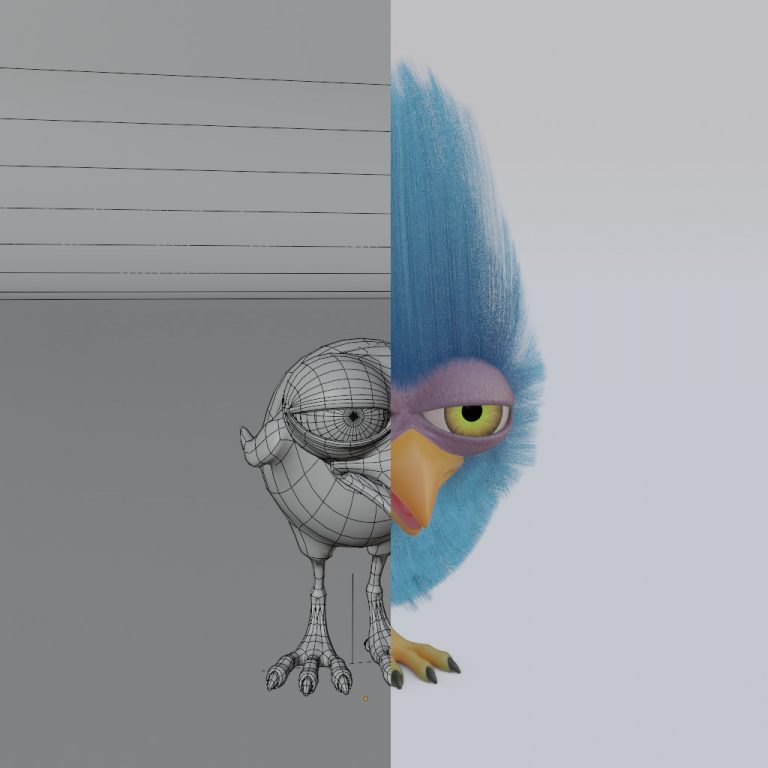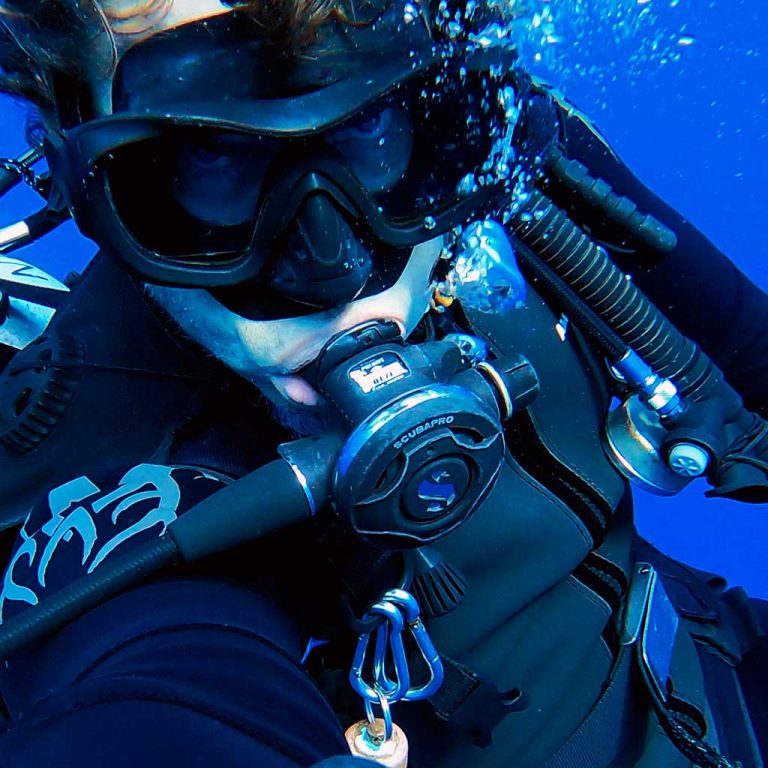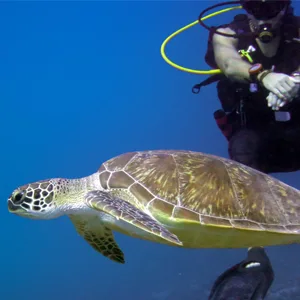
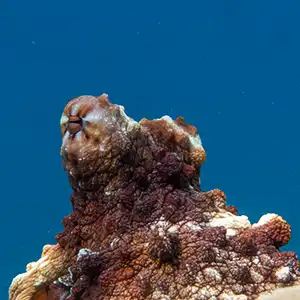
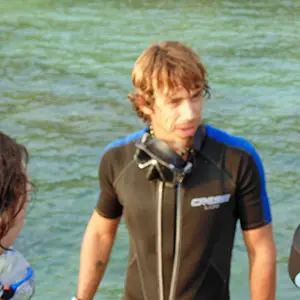
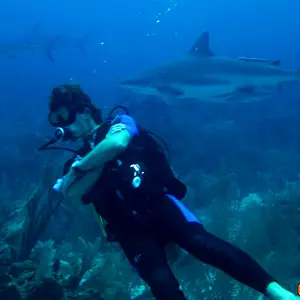
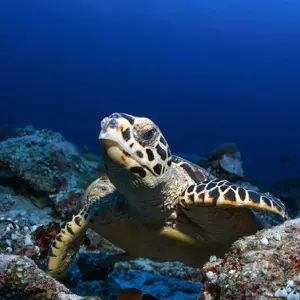
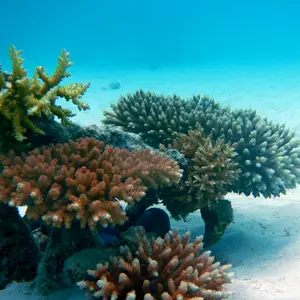

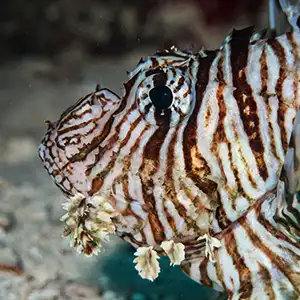
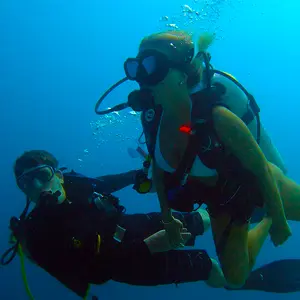
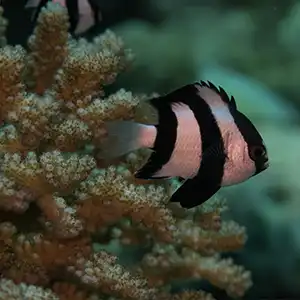
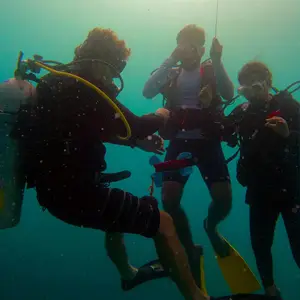
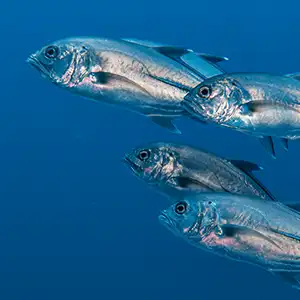
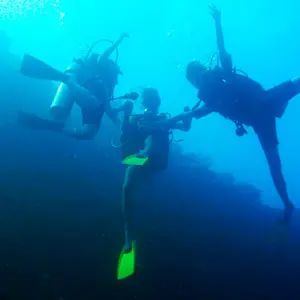
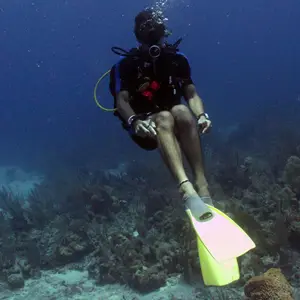
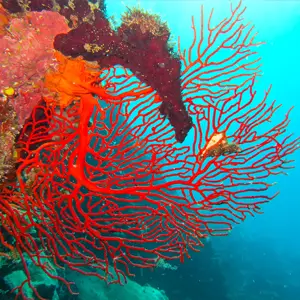
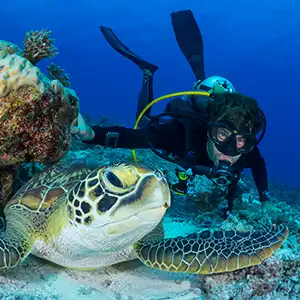
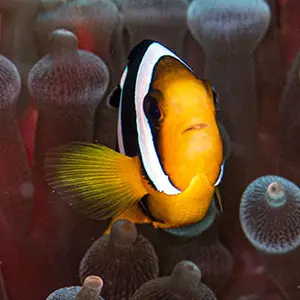
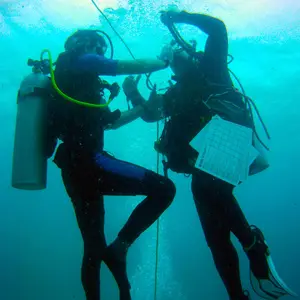
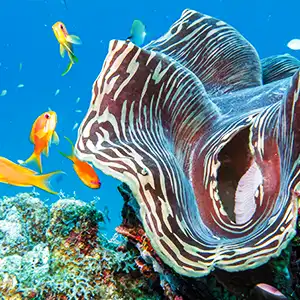
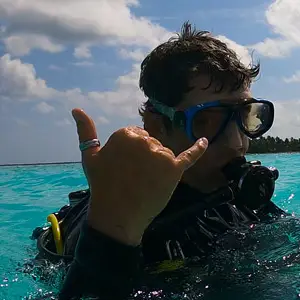
SCUBA DIVING
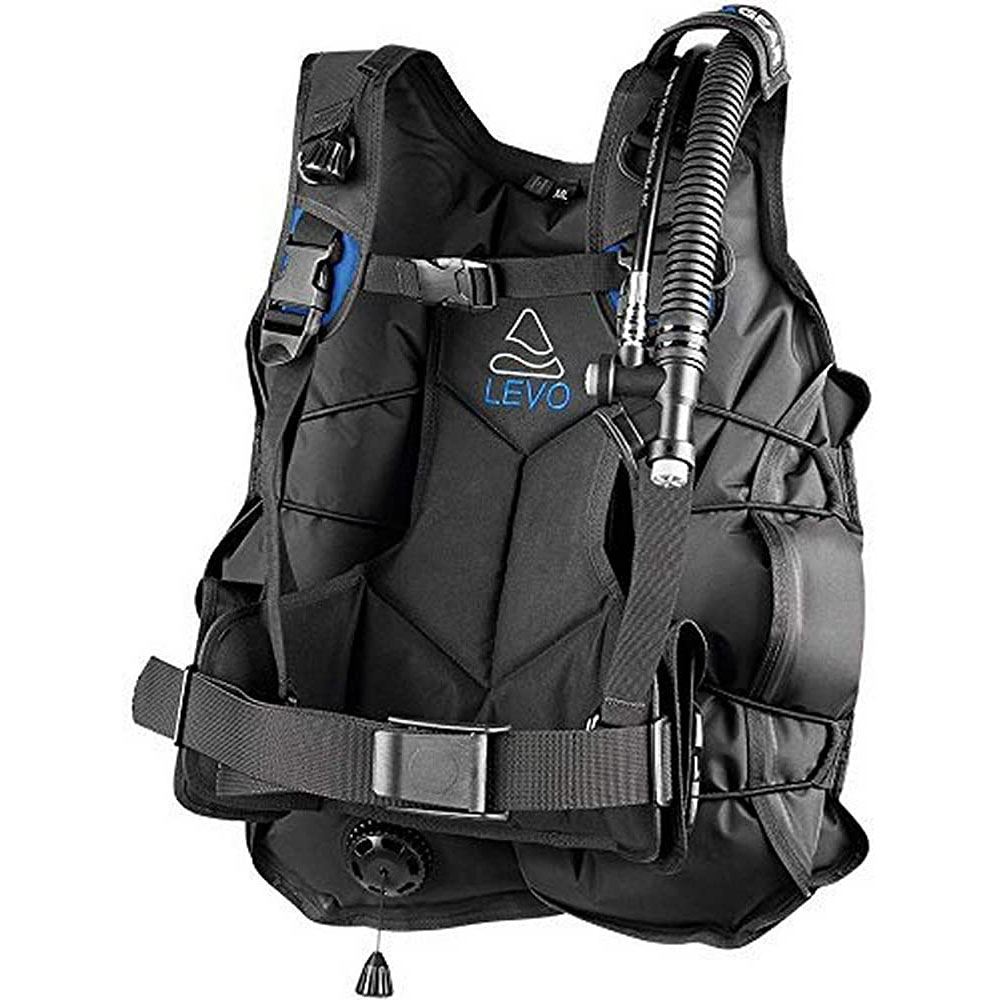
Buoyancy Control Device (BCD)
A BCD is a harness that hold the tank on your back, and that also allows you to control your buoyancy (underwater), or fully inflated to float (at the surface).
Since I started diving, I’ve been using the same BCD system. My first one was a Scubapro Litehawk (2010 model). The once I’m using now is basicaly the same BCD, except it was rebranded as Subgear Levo.
Scubapro have had a few revisions of the Litehawk model since 2010, however they removed a crucial element for me, the plastic backplate is gone in newer models. The reason is it now pack a little smaller for travel, but I prefer to have that rigid backplate (and the handle) to hold the tank.
You can still find the Subgear Levo online, although it’s rare now, and much more expensive than it should be.
The current Scubapro Litehawk is a very good BCD also, albeit the lack of rigid backplate.
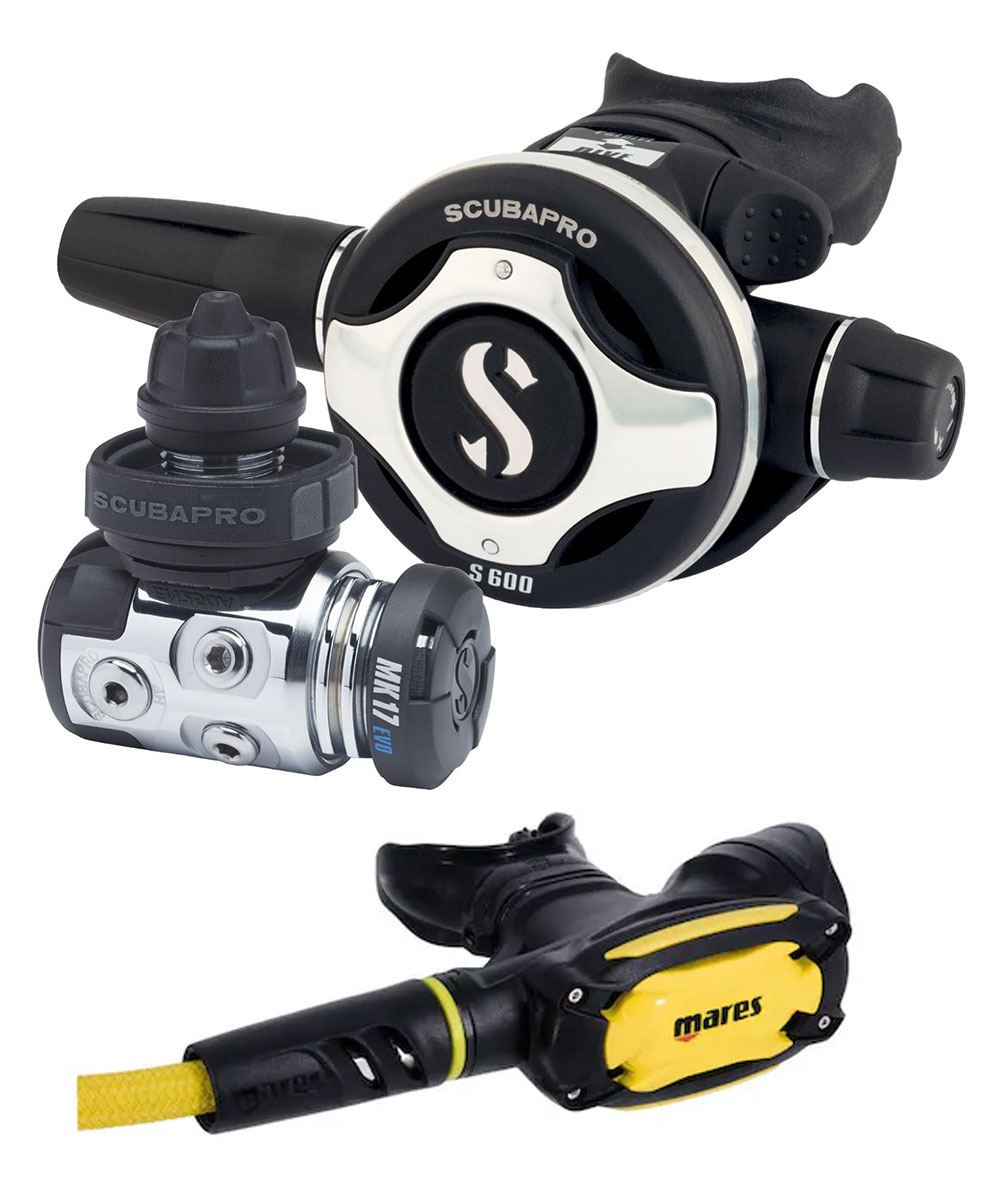
Regulator System
A Regulator System is what keeps you alive underwater, allowing you to breathe compressed gas. It was invented in France by Jacques Cousteau and Emile Cagnan in 1943.
The First Stage connect to the tank (bottle) and convert the high pressure to intermediate pressure. I use the Scubapro MK17 as my first stage.
The Second Stage deliver the gas to you at ambient pressure. I use the Scubapro S600. It’s air flow and resistance (adjustable) is extremely good.
The Alternate Second Stage or Octopus, is usually yellow, and is a safety in case another diver close to you runs out of gas. Here my choice is to use the Mares SXS because of it’s low profile, and the fact it can be given either side (there’s no up or down) as it’s a side exhaust second stage.
I also use “braided hoses” on all my equipment. It’s great to reduce the overall weight of the regulator system, and most importantly, it’s doesn’t pull the reg from your mouth as rubber hoses tend to do.
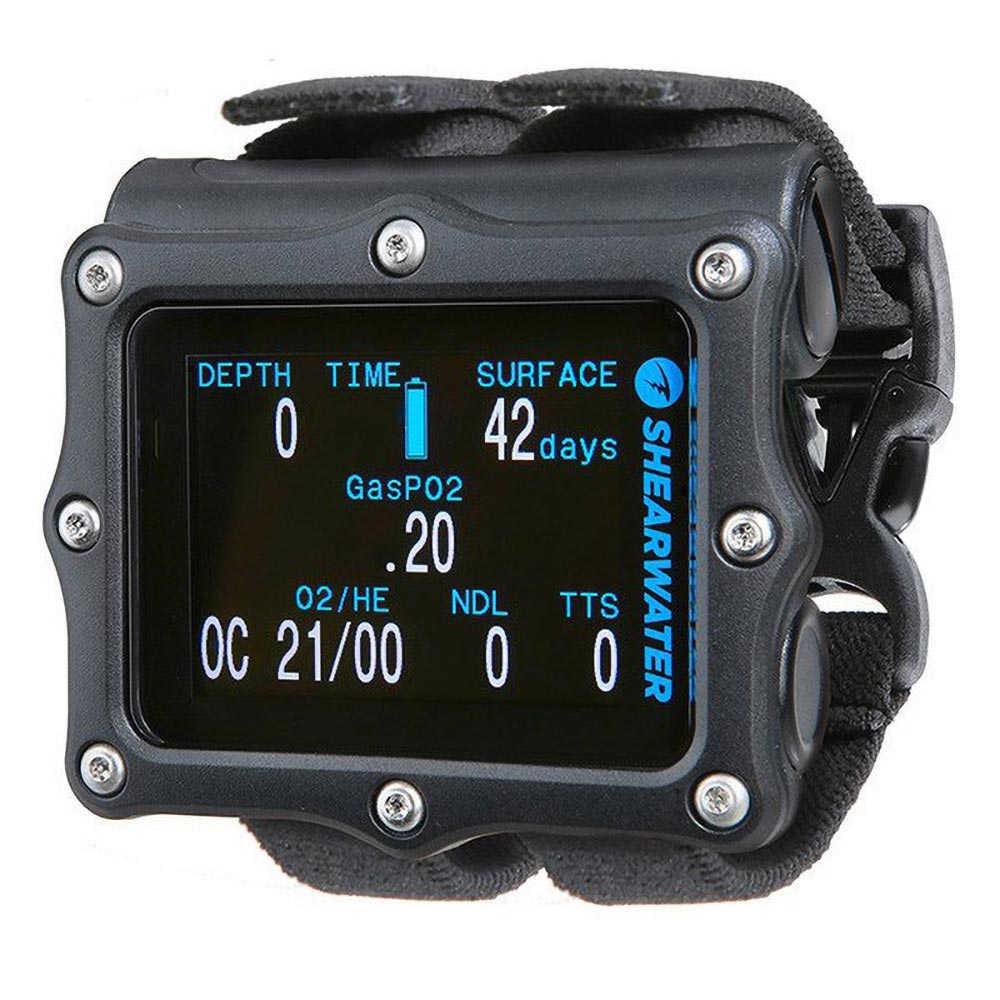
Dive Computer
A Diving Computer calculate the nitrogen intake and allows you to stay underwater much longer than the previous system of diving with tables, as it adjust depending on your depth and time underwater.
I went through a few dive computers since I started diving. My first one was an Aeris Manta, then the Oceanic Geo 2.0 (they are basically the same). Then I used The Suunto Zoop (old model). For these 3 dive computers, I eventually had a depth gauge problem.
I then bought an Heinrichs Weikamp Sport, It was a good one and I still have it, the problem was the battery life was not so good… and battery type is limited.
I had my eyes on the Shearwater dive computers for a long time, but they are expensive. Eventually I got tired of all the hassle, and went for the Shearwater Perdix AI. It’s so good! Bomb proof, and I can change my batteries on the boat (one rechargeable NiMH battery can last me 2-3 weeks).
It can take any AA types of batteries. Can do Rec. Tec, Trimix, etc… a joy to use, and their customer service is second to none.
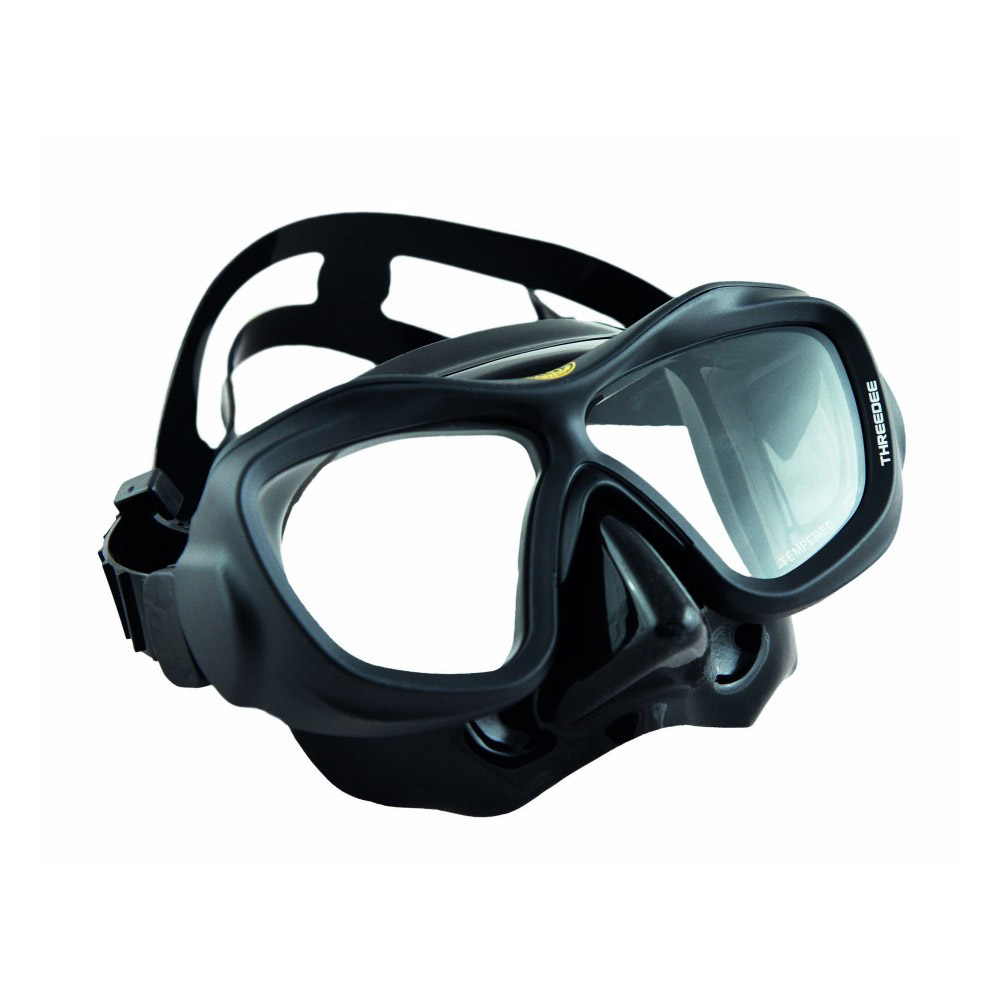
Dive Mask
For scuba diving & snorkeling, you need a good mask that fits your face. It should be one of the first thing you buy, as it’s small, and also personal in that once you find the one that does fit you, stick to it.
Overtime I used several dive masks from different manufacturers. It would be difficult to list all of them here, but let’s say I had cheap masks, No Name brand masks that are more expensive (than they should be), brand name masks…
…and I once bought one of the most expensive mask on the market, just for the hell of it. I ordered it online – do not do this (unless you have tried one before) – it didn’t fit my face, and I had to sell it to a guest.
The mask I use since 2015 is the Poseidon Threedee. I buy one every year usually, to make sure I have a new replacement always at hand. It’s low-volume, with a very thin skirt, and fits almost everyone. On Discover Scuba Diving experiences I exchange my mask with students quite often when their rental mask leak too much. My mask works better, or “perfectly” 95% of the time!
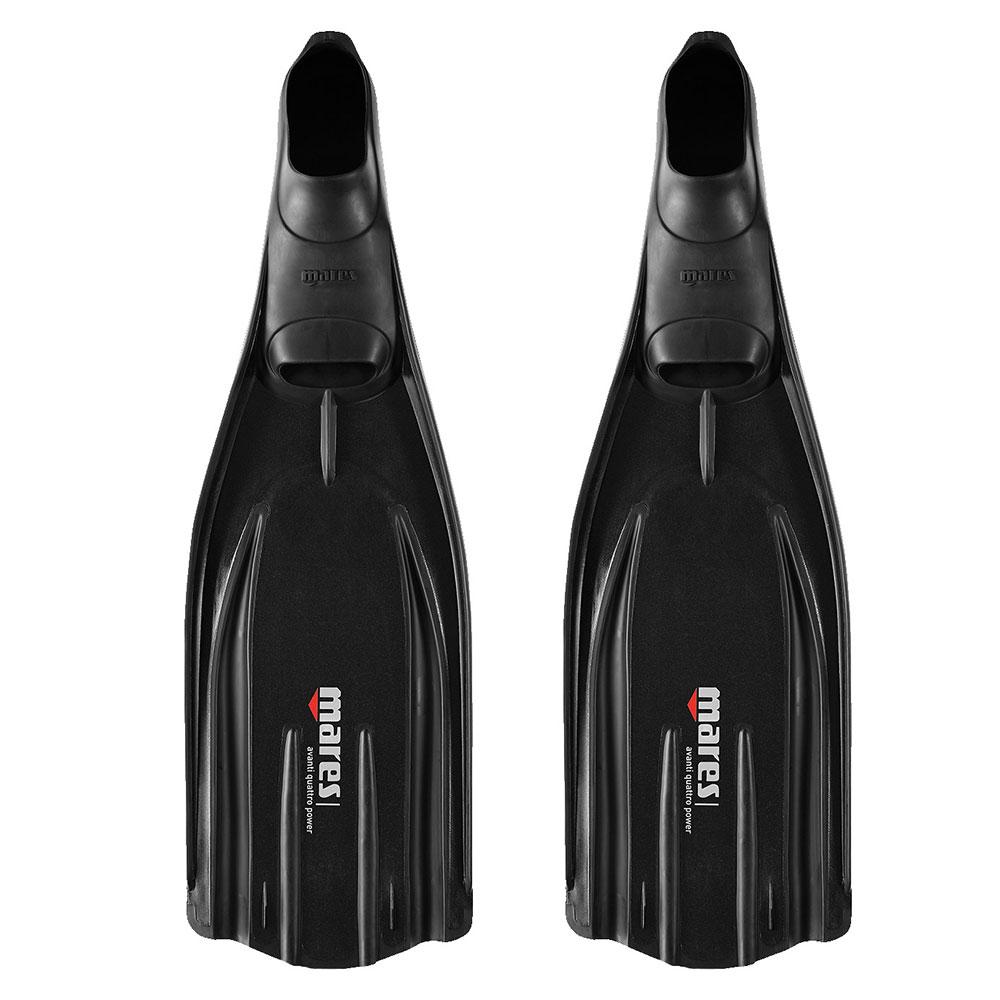
Fins
A good pair of fins is essential to how you can move underwater.
When I started diving, and up to after I became an instructor I was using a pair of cheap fluorescent yellow fins. They were light and rigid enough, and they did the job. But eventually, they broke.
Fins are important, and almost any types will work. If you have the chance to try different models, go for it. Usually rental fins are fine for short periods of time, but as you progress as a diver you will want something that give you a lot of power with each and every strokes.
Enter the Mares Avanti Quattro Power. They are the fins that most of my colleagues are also using, because they are big enough to displace a lot of water. They are sized in-between normal fins length and freediving fins – they are shorter than freediving fins but they are wider.
Extremely good investment, whether you go for the Full Foot (what I use in tropical waters) or the Open Heel (with booties for colder waters).
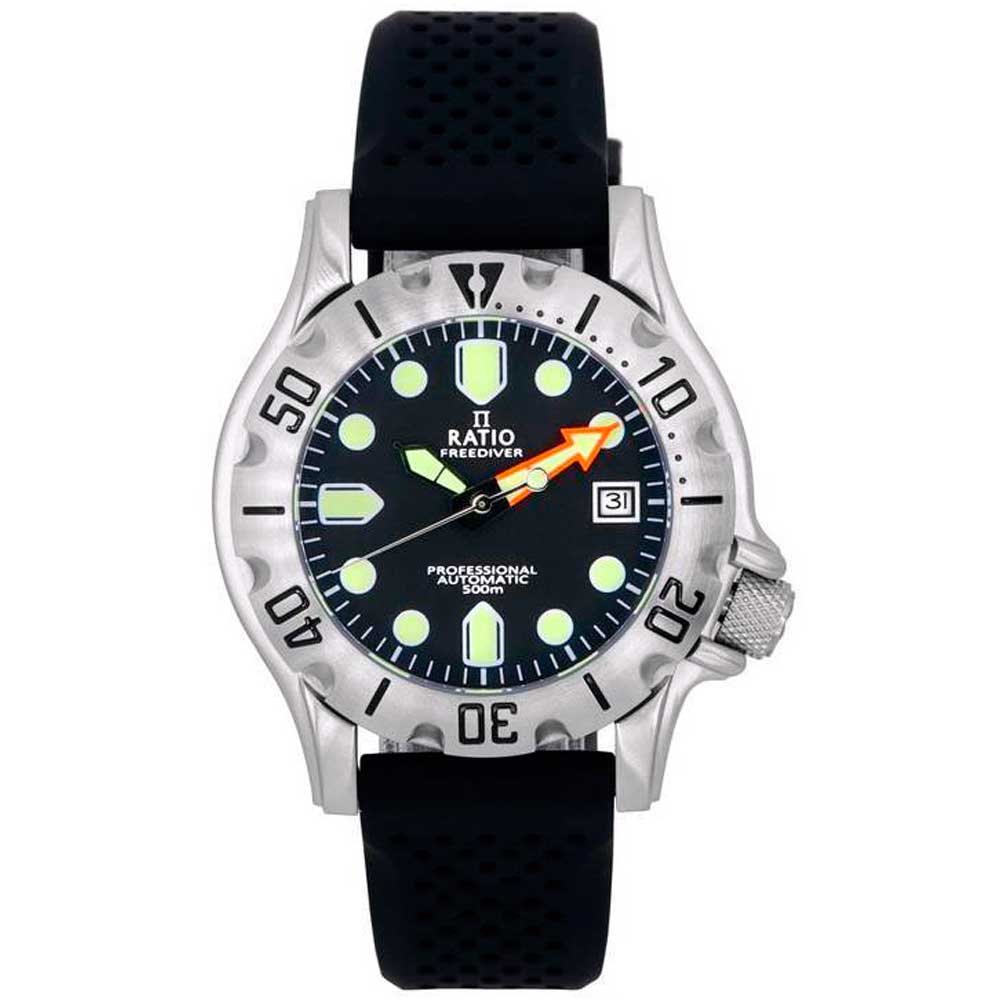
Dive Watch
The dive computer of the past…
A good diving watch can still be useful nowadays.
For a watch to be considered a dive watch, it needs to be certified to be waterproof at 200m or more. It also need to have a screw down crown.
The “real” dive watches have a bezel that rotate only to the left. That was meant as a security – you rotate the bezel arrow to align with the long hand, and then the long hand will tell you how many minutes passed. It can only rotate left because if by mistake you rotate the bezel underwater, you will effectively shorten your dive time – and that was important when diving with tables and a specific bottom time.
Of course, you can go all out and buy a Rolex, Omega, or similar luxury watches. But there are several good options that cost a very small fraction of an expensive watch, and they will do just as good.
Like mine on the photo, which cost a few 100$.
And it does look stylish enough!
